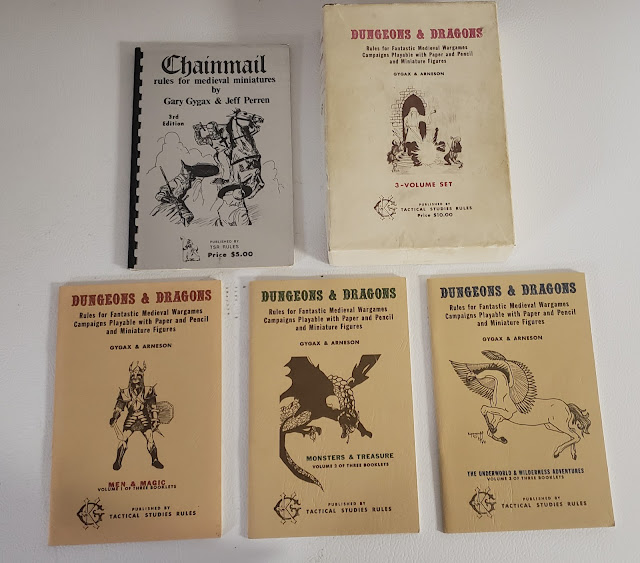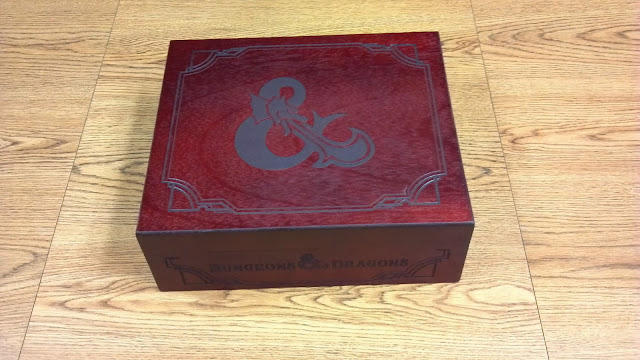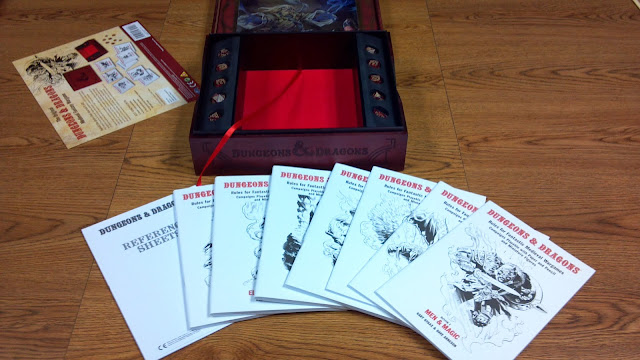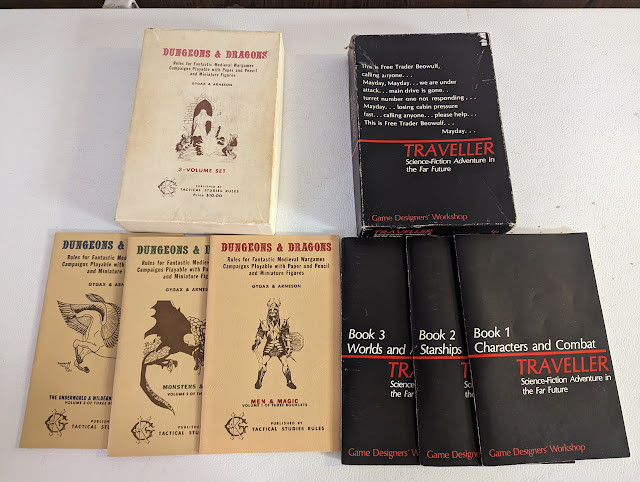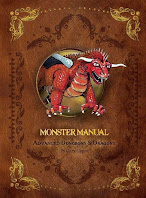This is another Sunday special to talk about another edition of D&D. Today, we are going to visit the year 2000 and the Third Edition of Dungeons & Dragons.
Dungeons & Dragons, 3rd Edition
Ok, let's get caught up. By 1997 I was married, had a new house, a new job and we were planning on starting a new family. I was also really, really burned out on D&D. I was tired of the nonsense that TSR kept pulling on their fans, I was tired of the infighting between the fans of different settings, and the power creep in the books was getting to be way too much.
In April of 1997, TSR was not just in dire straits; they were failing life support and hemorrhaging money. In comes Wizards of the Coast, flush with cash from the success of Magic the Gathering. They buy TSR, and Dungeons & Dragons, and wipe out all of TSR's debt.
For a while, things seemed, well, weird. Wizards ran TSR as an extension, and books were still produced using the TSR trade dress. However, in late 1999, I got an email. I want to say it was December since that roughly corresponds to my 20th anniversary of playing. This email, which I was told was ultra-confidential, was the play test documents for the new Dungeons & Dragons 3rd Edition.
Then 2000 rolled around. On September 11, 2000 (not *that* 9/11) I went into my Favorite Local Game Store and bought a copy of the 3rd Edition Dungeons & Dragons Player's Handbook.
This edition was new. So new that unlike the past editions this one was not very backward compatible. This was fine since Wizards of the Coast (now dropping the TSR logo) had provided a conversion guide. The books were solid. All full color and the rules had expanded to fix some of the issues of previous versions of D&D. Armor class number got larger as the armor got stronger, as opposed to lower numbers being better. Charts for combat were largely eliminated, the number on the sheet was what you had to roll against. Everyone could multiclass, all the species (races) could be any class without restrictions, though some were better at it than others, and everyone had skills.
But the most amazing thing about 3rd Edition D&D was that aside from a few protected monsters and names, Wizard of the Coast gave the whole thing away for free! Yes the books with art cost money. But the rules, just a text dump, were free for everyone to download. It was called the System Reference Document or SRD. It was all the rules so that 3rd-party publishers could produce their own D&D compatible material. With these rules you could play D&D without the books. There was no art and no "fluff" text, but everything was there.
Eventually the system was updated to a 3.5 with various levels of compatibility with 3.0. It was I still say 98% compatible, except for where it wasn't.
The books were larger, and had some new art, but they were still largely the same. They were close enough that originally I did not feel the need to buy them. But when the "Special Edition" leather-bound covers came out, I had to have them. Plus I am a sucker for a book with a ribbon.
D&D 3rd edition had a very solid run from 2000 to about 2008.
The rumor I have heard was that the higher-ups at Hasbro (who now owned WotC) demanded a 4th edition because they could not believe that WotC was just giving away the game in the SRD. The way the license was written though they just could not pull it. They tried this back in December 2022/January 2023 and the fans and the publishers revolted. Hasbro's stock fell and subscriptions to their online tool, DnDBeyond, tanked so bad that Hasbro not only backtracked, they dumped the whole 5th Edition SRD into the Creative Commons. I might to cover that in detail someday.
D&D 3rd Edition, though, still lives on. The Pathfinder RPG was created by people who worked with WotC on D&D 3.x and is often called "D&D 3.75." Pathfinder 1st Edition was published in 2009 and directly competed with D&D 4. By many measures, it out-sold and outperformed D&D 4. Pathfinder 2nd Edition was published in 2019. While not as backward compatible as the 1st edition, we are now at a point where the D&D 3.x (also known as d20) rules are approaching 25 years old. That is some longevity.
I still enjoy 3rd Edition. I played it a lot with my kids and had a great time. It rekindled my love for D&D, and that was no small achievement.
Dungeons & Dragons 3.x Edition was also the edition which Wizards really embraced PDF format. So to my knowledge nearly everything is available at DriverThruRPG.
Tomorrow, we will be back to regular A to Z posting. It is M day and Monday, so you know I am going to talk about Monsters!







